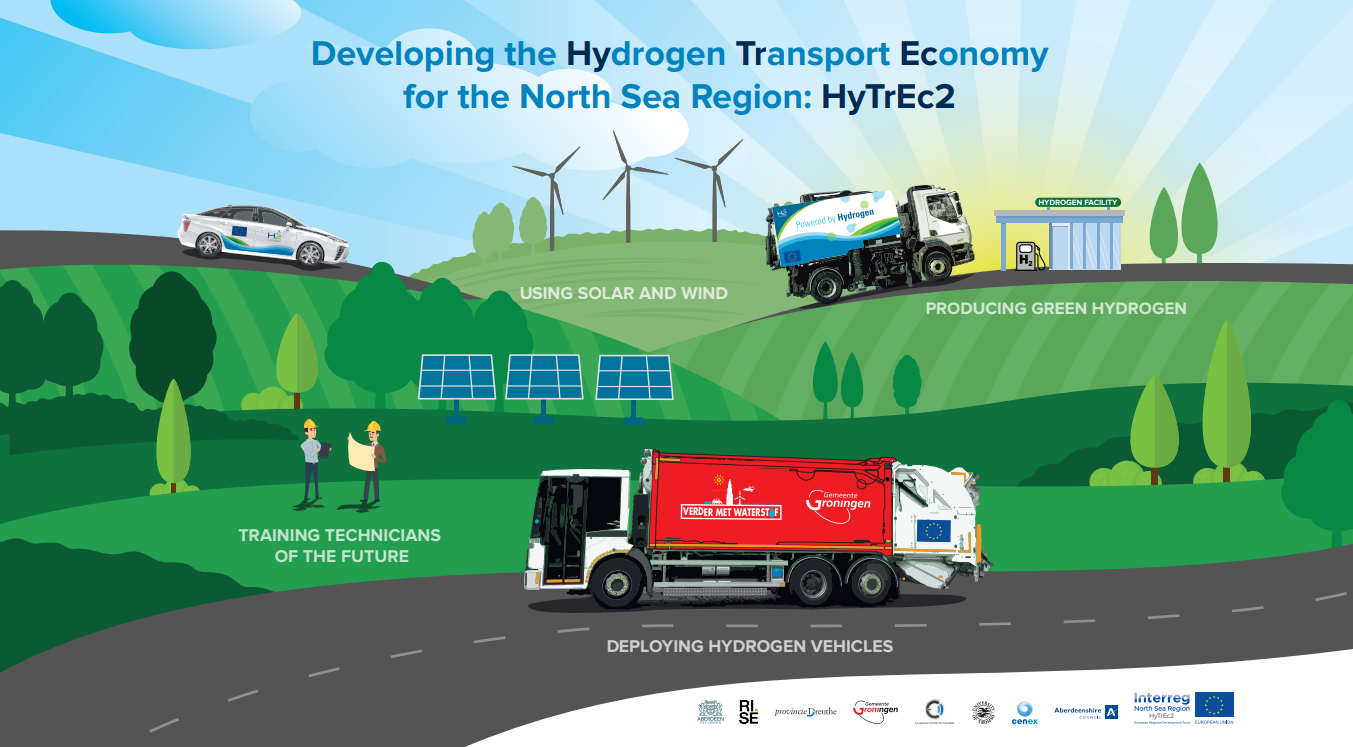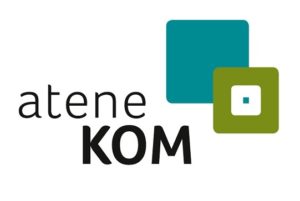
HyTrEc-2
Case Study
The Challenge
HyTrEc-2, funded by Interreg North Sea Region and co-financed by the European Regional Development Fund, wanted to understand the existing and likely future business case for the adoption of hydrogen in transport systems. HyTrEc-2 examined not just the immature hydrogen market of today but also the hydrogen vehicles, green hydrogen production, hydrogen technology and infrastructure supply chains, and the training needed to supply skilled staff required to foster the adoption of a successful hydrogen strategy across the North Sea Region of Countries (NSR).
With the NSR trading extensively with each other, it is critical that hydrogen economics for logistics, refuelling stations, and individual vehicles is well understood across the North Sea region as a whole and works within a framework of harmonised standards.
The Development
Cenex and the rest of the HyTrEc-2 consortium completed real-world vehicle trials and tested hydrogen infrastructure over the seven years of the project. Technology improvements in that time, along with the impacts of COVID, gave us great insights into where hydrogen technologies may be viable and where other technologies (such as battery systems) may be better suited.
Cenex oversaw vehicle monitoring trails, hydrogen-powered forklift computed simulations and assisted in developing and disseminating knowledge across the whole project while leading the real-world vehicle trials.
The Result
Various innovative reports pulling information together on hydrogen for use in off-grid houses, forklift trucks, port applications, fleet adoption and distribution in rural regions were prepared by partners using real-life examples from HyTrEc-2. The business cases developed are now leading to the delivery of large-scale hydrogen production facilities in both Aberdeen and the Northern Netherlands. The lessons learned in HyTrEc-2 will help to ensure these new facilities are commercially viable in the long term.
HyTrEc-2 partners are continuing to deliver hydrogen activities in the North Sea Region, making the project a leader in hydrogen transport, thereby establishing the legacy of this project.







